As the world strikes towards better and superior know-how practices, it turns into crucial for companies to adapt to vary and use the superior applied sciences to improve their businesses. Edge and Fog computing has made cloud computing processes smarter, and hence they should be incorporated into every day practices. Fog computing, being a data-processing layer, pre-processes the data, thereby lowering the general undesirable visitors on the cloud, and therefore lowering the latency. Reduction in unwanted knowledge ends in faster processing and improved results. As such, when contemplating the pros and cons of cloud vs fog computing, the question of location consciousness turns into an necessary factor to suppose about.
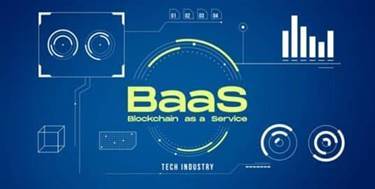
Fog computing, then again, is a distributed computing mannequin that extends the capabilities of edge computing to a bigger network of gadgets and sensors. Because cloud servers are hosted off-site in dedicated data centers, they’ll quickly respond to person demand by tapping into further sources and scaling as a lot as meet elevated wants. In contrast, fog computing depends on local hardware, which can be slower to respond due to components similar to latency and limited bandwidth. At a primary degree, cloud computing and fog computing are comparable in that they each contain the distant use of computing power and sources. However, when it comes to capability, there are some important differences between the 2 approaches.
Variety Of Server Nodes
There is one other method to information processing much like fog computing — edge computing. The essence is that knowledge is processed immediately on units with out sending it to other nodes or data facilities. Edge computing is especially helpful for IoT initiatives because it supplies bandwidth financial savings and improved information security. This type of fog computing depends on the computing power of edge devices to process and analyze information. Client-based fog computing is right for applications that require real-time processing, corresponding to autonomous autos and industrial IoT.
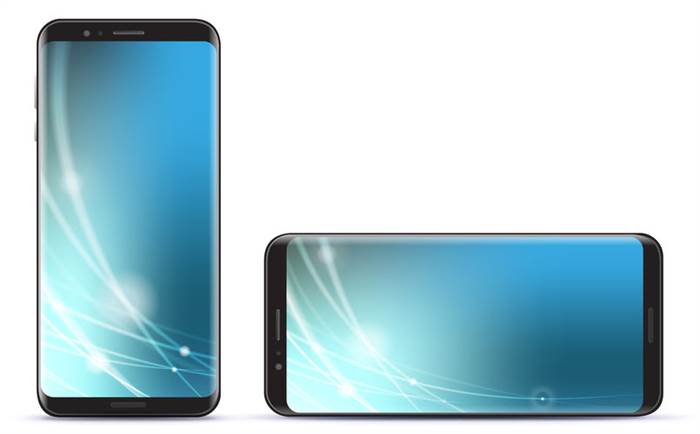
Only in cloud computing, it’s attainable to combine multiple data sources, together with the gadget and the cloud computing data source. Cloud fails with out an internet connection, whereas Fog succeeds even without one because it follows many procedures and rules. Fog computing reduces the amount of knowledge while sending to the cloud, however cloud computing do not offer any reduction in information while transferring data. In cloud networks, data should journey to the server from one user’s system and back right down to the opposite customers. However, in fog networks, the knowledge gets processed at an area level. Integrating the Internet of Things with the Cloud is an reasonably priced way to do enterprise.
What Is Edge Computing?
Cloud computing may be nice if you present purposes that don’t require real-time responses. Overall, fog and edge computing are highly secure in comparability with the cloud. Cloud computing provides far more advanced and higher processing technological capabilities than fog and edge frameworks.
This makes fog computing rather more efficient by way of resources, resulting in faster communication speeds and decrease latency when in comparison with cloud computing. As a end result, information is processed quicker and extra efficiently with fog computing than with cloud computing, making it a extra desirable possibility for functions that require real-time responsiveness. Whether it is streaming video or interacting in a virtual setting, different traits of fog computing provide a level of velocity fog vs cloud computing and agility that the cloud simply cannot match. When we talk about fog computing vs cloud computing, there are numerous critical elements to consider. On the one hand, cloud computing presents unparalleled security, with highly effective encryption and data protection mechanisms to maintain your information protected from unauthorized entry or manipulation. Fog presents three different cloud infrastructure models, together with Platform as a Service (PaaS), Infrastructure as a Service (IaaS), and Software as a Service (SaaS).
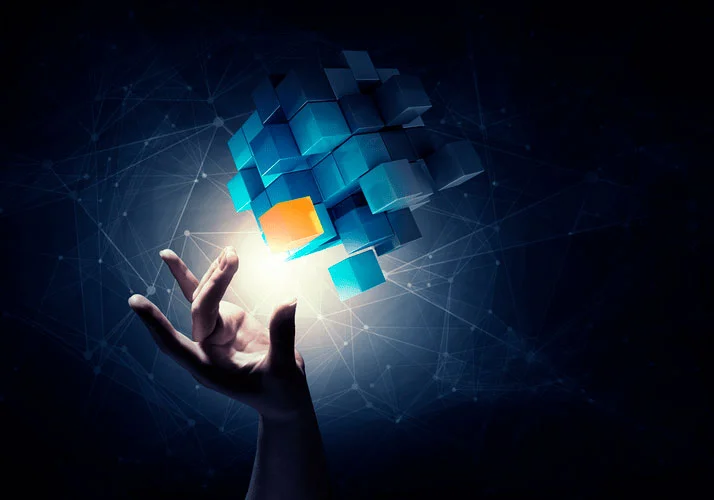
Firstly, consider the nature of your utility and the particular requirements it entails. If real-time response and privacy are paramount, fog computing could be the better option. Conversely, if your project includes intensive knowledge evaluation and scalability, cloud computing could also be extra suitable. Furthermore, the supply of resources, finances constraints, and the level of control you require over your information ought to be thought of. Most individuals do not understand the distinction between fog computing vs. cloud computing. Cloud computing is the on-demand provision of computer processing power, information storage, and applications out there over the internet.
What’s Could Computing?
In this post, we will perceive the concepts of edge, fog, and cloud computing and their key differences. Fog fanatics (Foggers? Fogheads?) believe that the structure is extra scalable and supplies a more comprehensive view of the network and all of its information collection factors. The major difference – a minimal of as it’s being outlined nowadays – comes from the truth that the cloud exists via a centralized system. Whereas in a fog computing setting, every little thing is decentralized, and every little thing connects and reviews via a distributed infrastructure mannequin.
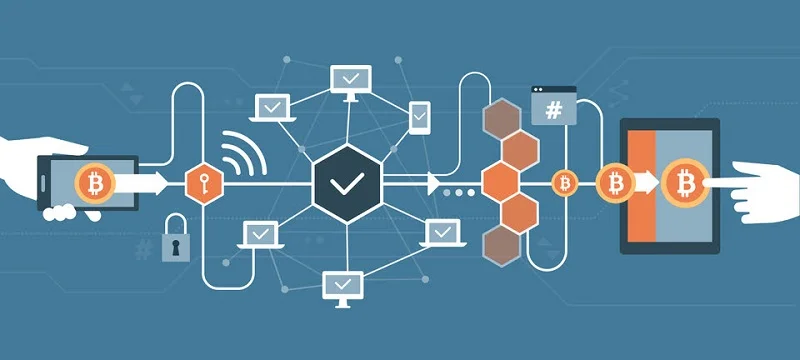
The researchers envision these units to carry out each computational and networking tasks concurrently. New requirements of the emerging technologies are the driving pressure behind IT growth. The Internet of Things is a constantly rising trade that requires extra environment friendly ways to handle information transmission and processing. There are a quantity of forms of fog computing, including client-based, server-based, and hybrid fog computing. However, this knowledge could be inefficient and trigger latency as it also includes unwanted data.
Despite these limitations, cloud computing remains a preferred selection for IoT tasks that require intensive storage, computational power, and accessibility. Since the processing is distributed across multiple units, managing and coordinating them could be difficult. Additionally, the restricted sources and computing energy of edge gadgets could prohibit the complexity of computations that may be carried out. Furthermore, scalability can https://www.globalcloudteam.com/ be a difficulty if the variety of gadgets and knowledge quantity will increase significantly. Despite these limitations, fog computing proves to be a viable option for IoT projects that require low latency, enhanced privacy, and offline capabilities. This distributed mannequin offers a quantity of benefits, including reduced latency and faster data retrieval.
If you’re looking for one of the best dedicated server supplier to extend effectivity, contact RedSwitches right now. We provide a variety of companies at unbeatable prices that may be customized in each way to go well with your needs. As a result, the demand for fast and sustainable ways to course of vast quantities of knowledge has risen. The new expertise is more likely to have the biggest impact on the development of IoT, embedded AI, and 5G options, as they, like by no means before, demand agility and seamless connections.
In contrast, Fog computing distributes assets much more regionally, effectively bringing the processing energy nearer to the person. There are some key differences when it comes to where these services are literally located. This permits it to supply faster response occasions and safer knowledge dealing with however comes with certain constraints in relation to scalability. Fog computing, also referred to as edge computing, brings computational sources and companies nearer to the edge of the community, near the data sources and end-users. It goals to provide real-time processing, low-latency communication, and reduced bandwidth utilization by decentralizing computation and storage capabilities to edge units and fog nodes. Cloud computing refers to the supply of on-demand computing resources over the internet.
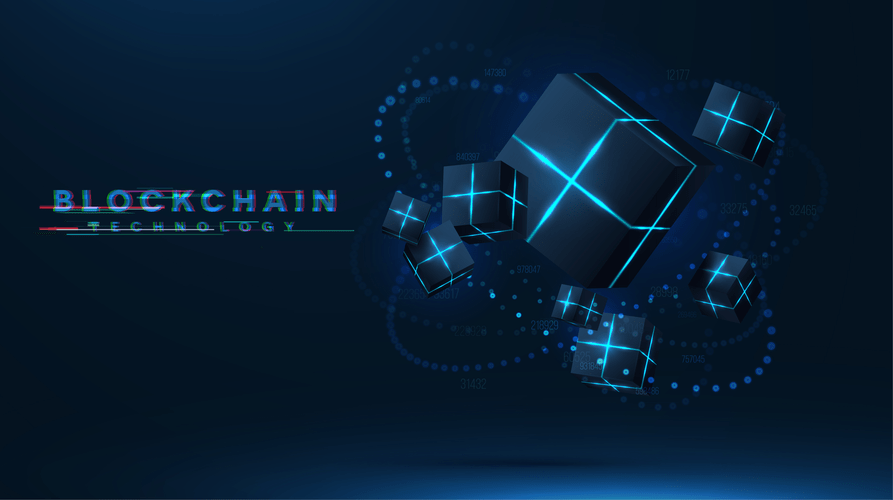
Fog computing excels in eventualities the place low latency, enhanced privateness, and offline capabilities are crucial. It is particularly appropriate for functions such as real-time monitoring, video analytics, and industrial automation. On the other hand, cloud computing shines when dealing with massive datasets, seamless scalability, and accessibility.
Introduction To Fog Computing And Cloud Computing
Secondly, cloud computing presents seamless scalability, enabling straightforward enlargement as the project grows. Lastly, it supplies accessibility and adaptability, permitting customers to access knowledge and purposes from wherever with an internet connection. While fog computing and cloud computing supply vital advantages, they also pose certain challenges and potential risks for IoT tasks.
Fog computing provides centralised consumer administration help, and cloud administration can either be centralised or delegated to a 3rd get together. In contrast to cloud computing, where resource management could be spread or centralized, fog computing centralizes it. The demand for info is increasing the overall networking channels.
- IoT growth and cloud computing are among the many core competencies of SaM Solutions.
- Edge computing is transferring some computing tasks to the sting of a community near where the information originates.
- Fog computing, being a data-processing layer, pre-processes the info, thereby reducing the overall unwanted traffic on the cloud, and hence lowering the latency.
- The distributed architecture of a fog system makes it more secure than a cloud computing system.
- Furthermore, the availability of resources, budget constraints, and the level of management you require over your data should be considered.
Fog computing is designed to work with a wide range of devices, together with sensors, cameras, and other IoT gadgets. This makes it an ideal resolution for organizations with numerous hardware requirements. Fog computing has several distinctive characteristics that make it a beautiful option for organizations looking to course of information in actual time. The phrases fog computing and edge computing are often used interchangeably, however they are totally different. Over the years, the world has seen an exponential improve in the use of computer systems and the requirement of needed computational power to realize basic tasks.
There is a rising need for fast, reliable, and environment friendly computing techniques. With the rise of the Internet of Things (IoT) and the proliferation of good gadgets, traditional cloud computing options are dealing with new challenges. Edge computing and fog computing have emerged as potential solutions to those challenges, providing new methods of processing and analyzing knowledge in real time. Regarding cloud computing versus fog computing, there are a couple of important differences that set these two paradigms aside. Perhaps the obvious distinction between fog computing and cloud computing is the variety of server nodes required for each approach.
